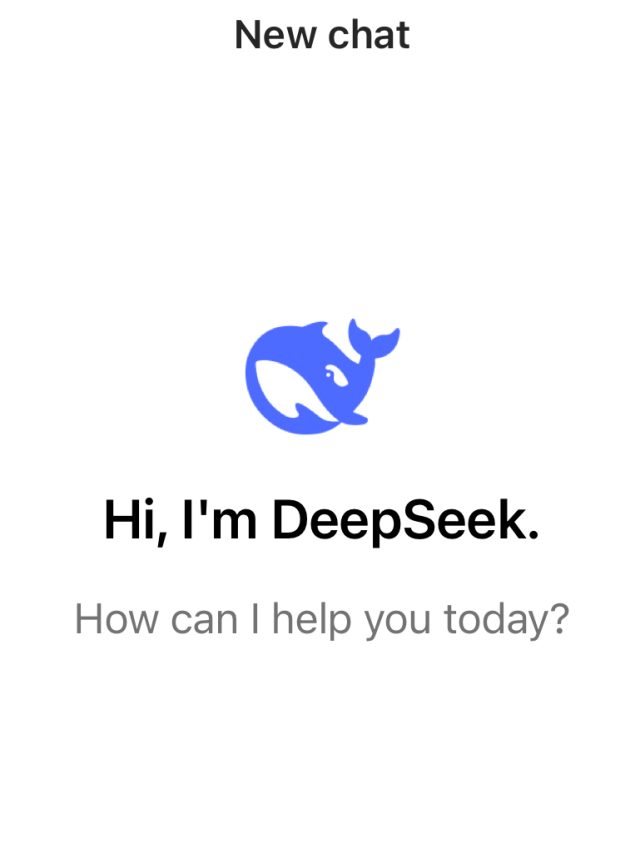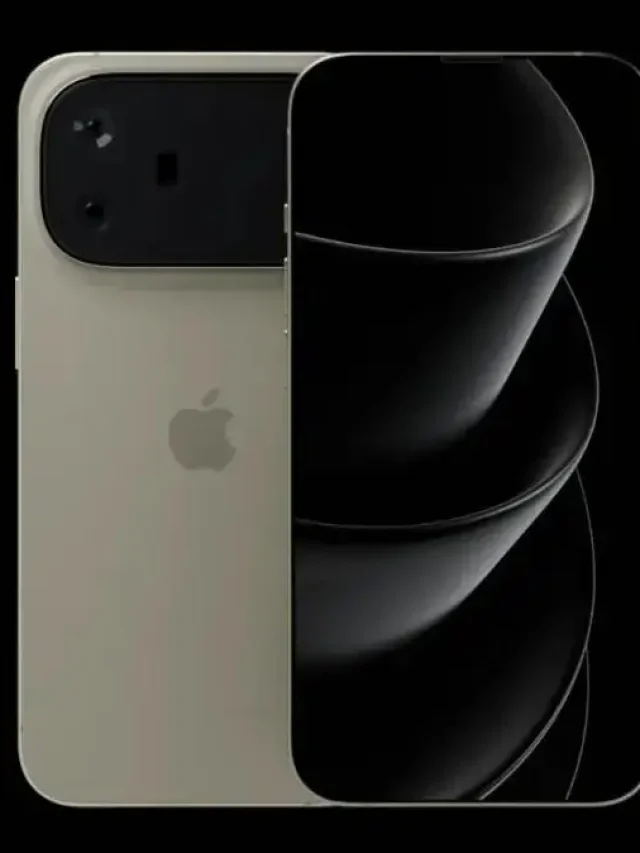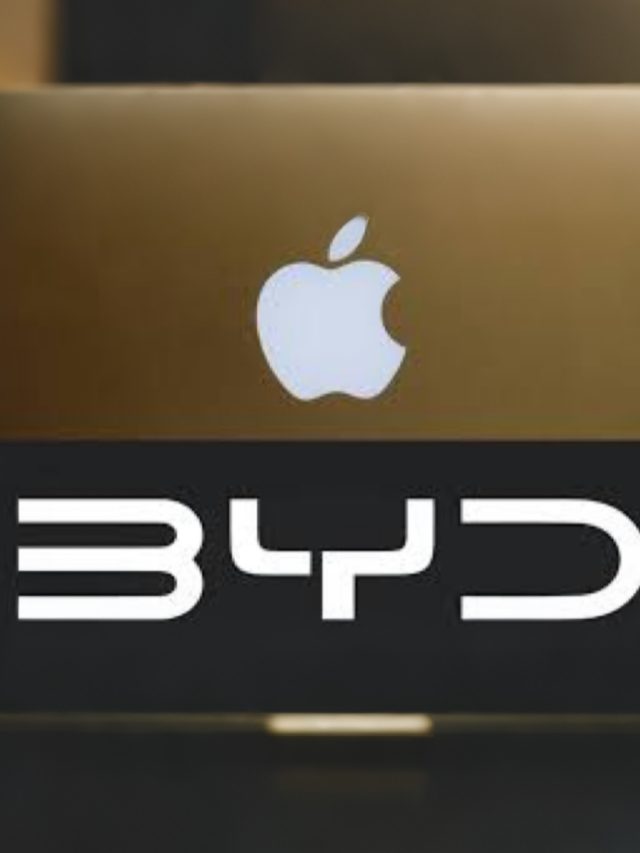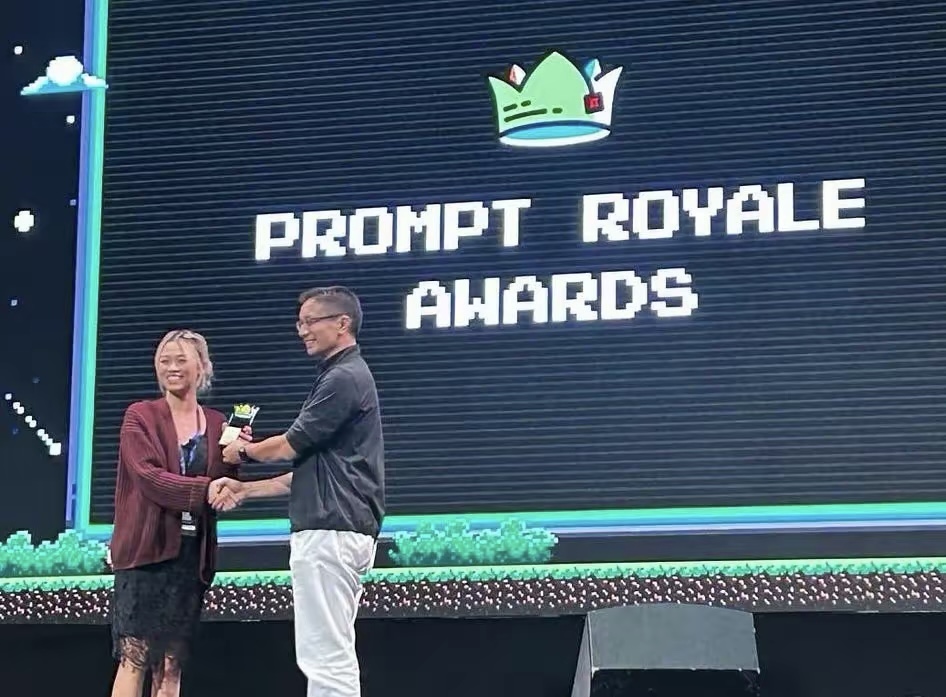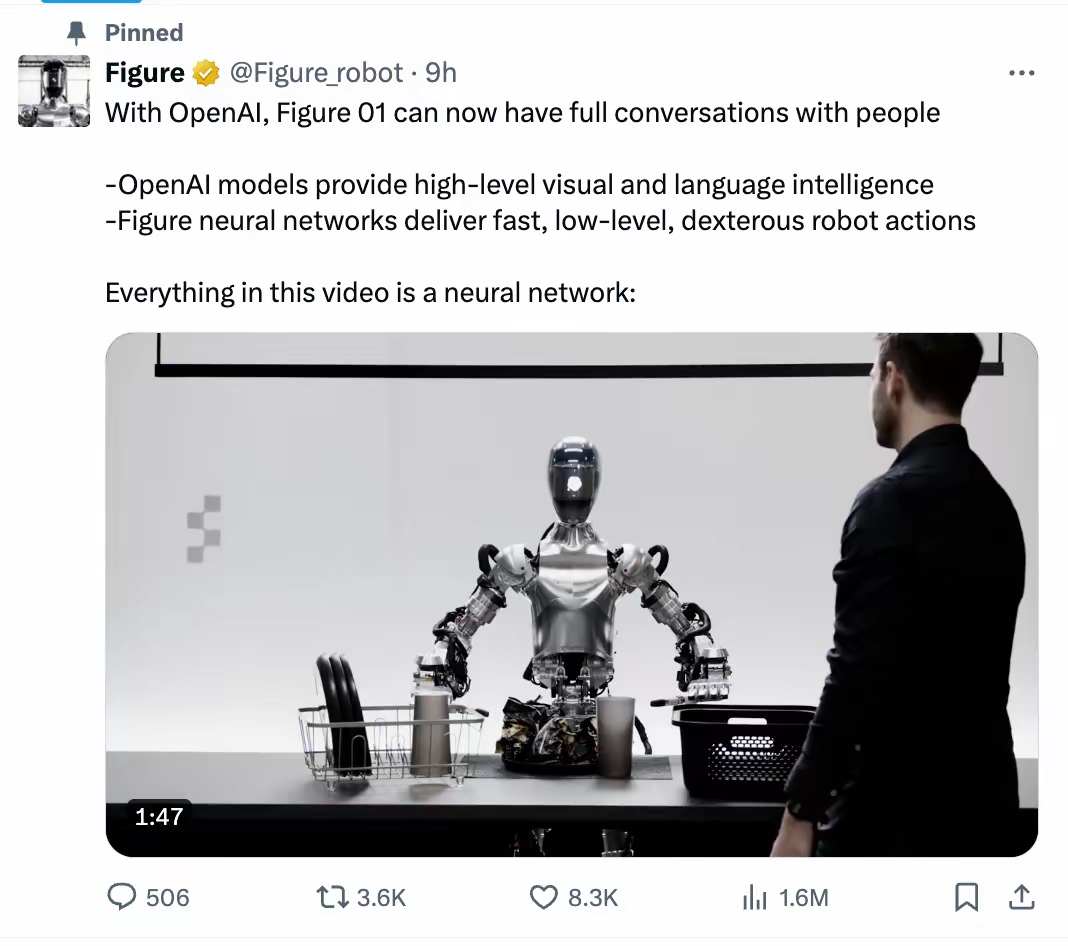Singaporean Girl Wins GPT-4 Prompt Writing Contest: Her Winning Strategy
In the first GPT-4 Prompt Writing Contest, a Singaporean girl, Sheila Teo, earned the title of “Prompt Queen.” Sheila shared her tips for optimizing prompts using the CO-STAR framework, which secured her the championship.
What is the CO-STAR Framework?
CO-STAR, as the name suggests, is a structured framework with six components. Here’s how it works:
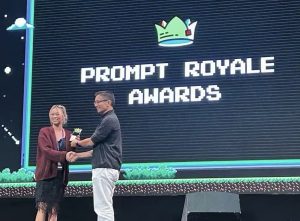
- C – Context
Provide detailed background information related to the task. The more specific, the better. This helps the AI understand the problem, its background, and the scenario, ensuring relevant responses. - O – Objective
Clearly define the goal of the task. This ensures the AI knows what the response should aim to achieve. - S – Style
Specify the desired style for the response. This can reduce the “AI tone” and tailor the response to match personal or professional writing styles. - T – Tone
Set the emotional or attitudinal tone for the response. This ensures the output aligns with the intended sentiment or mood. - A – Audience
Define the target audience for the response. This ensures the content resonates with the intended readers or viewers. - R – Response
Outline the structure and format of the response. You can request formats like JSON or specific writing structures, such as pyramidal or listicle formats.
Single Sentence Prompt
Let’s look at a simple one-sentence prompt:
“Write a Quora answer to this question: Why can’t I write effective ChatGPT prompts?”
The generated response was basic, providing broad suggestions without actionable insights, leaving readers with little practical knowledge.
Using the CO-STAR Framework
Here’s how Sheila crafted her winning prompt for better results:
CONTEXT (Context)
I am a Quora writer active in the AI field. I want to answer a Quora question: “Why can’t I write effective ChatGPT prompts?”
OBJECTIVE (Objective)
Help me create an engaging Quora answer to attract people interested in AI prompts to click, read, upvote, bookmark, and follow.
STYLE (Style)
Quora-style: engaging, with stories and examples, easy to read.
TONE (Tone)
Persuasive and helpful.
AUDIENCE (Audience)
Target readers of all ages interested in AI, especially those eager to write better prompts.
RESPONSE (Response)
Start with a hook to establish credibility. In the middle, explain how to use CO-STAR (Context, Objective, Style, Tone, Audience, Response) to craft effective prompts. End with a call-to-action encouraging readers to upvote, comment, and follow.
Results of the CO-STAR Prompt
The CO-STAR-generated response included:
- Credibility at the beginning: This captured readers’ attention and kept them reading.
- Valuable insights: The content had principles, examples, and actionable advice, helping readers apply the tips immediately.
- Engagement-driven ending: It concluded with a clear invitation to interact, boosting clicks, upvotes, and follows.
The result was significantly better than the single-sentence prompt.
Pro Tip: Use Separators for Better Prompt Clarity
Special separators like ###, ===, or >>> help the model distinguish sections clearly. This technique ensures each part of the prompt is treated as a single meaningful unit, leading to precise and structured responses.
Try CO-STAR yourself and elevate your prompt-writing skills!
For more tips on AI, prompts, and writing frameworks, visit my website: DailyNewspapers.in.
Pricing Note
The CO-STAR framework is a free technique, but if you’re looking for personalized training or services, prices start at $29.99 USD for beginners and go up to $199.99 USD for professional-level consultations.
